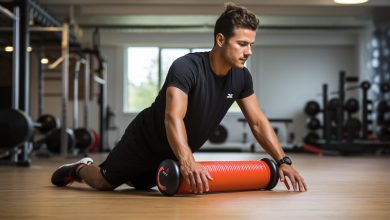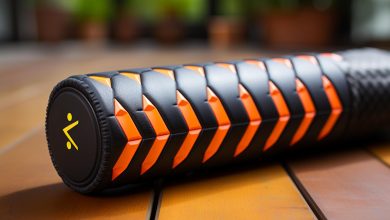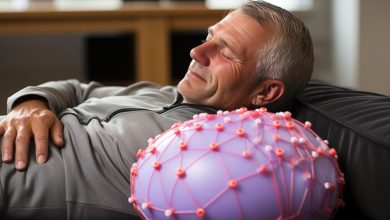Foam Rolling Exercises for Relieving Muscle Tension

Are you tired of feeling tight and tense muscles after a long day? Look no further than foam rolling exercises for relieving muscle tension.
Imagine a soothing massage that you can do yourself, right in the comfort of your own home. By actively targeting specific areas of your body, foam rolling can help release knots and ease muscle tightness.
In this article, we’ll explore the benefits, precautions, and targeted exercises to create a full-body routine that will leave you feeling relaxed and rejuvenated.
Benefits of Foam Rolling for Muscle Tension Relief

You’ll be amazed at the benefits of foam rolling for relieving muscle tension.
When it comes to muscle tension relief, many people wonder whether foam rolling or stretching is more effective. While both techniques have their merits, foam rolling offers unique advantages that make it an excellent choice for targeting muscle tension.
Unlike stretching, which primarily focuses on lengthening muscles and increasing flexibility, foam rolling provides myofascial release by applying pressure to specific trigger points in the muscles. This helps to break up adhesions and knots, allowing for increased blood flow and improved range of motion.
Foam rolling also plays a crucial role in injury prevention and recovery. By regularly incorporating foam rolling exercises into your routine, you can reduce the risk of developing muscle imbalances and overuse injuries. Foam rolling helps to improve tissue quality by breaking down scar tissue and promoting the regeneration of healthy muscle fibers. Additionally, using a foam roller before exercise can help warm up the muscles, increase circulation, and enhance performance.
Precautions and Safety Tips for Foam Rolling
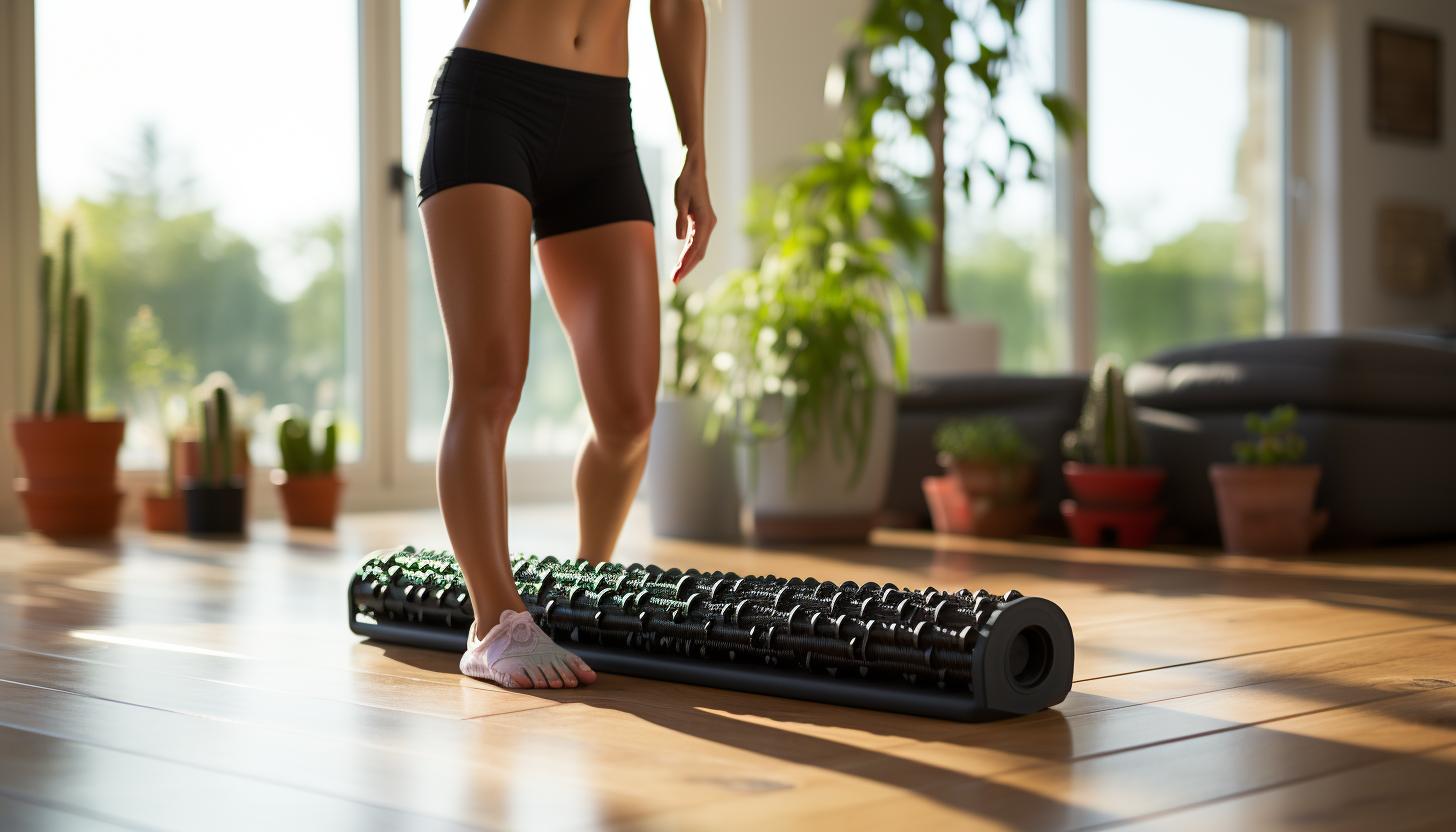
Before starting, it’s important to know some precautions and safety tips for using a foam roller. Foam rolling is a great way to relieve muscle tension and improve flexibility, but it’s crucial to do it safely to prevent injuries. Here are some guidelines to keep in mind:
– Warm up: Before using the foam roller, warm up your muscles with light cardio exercises or dynamic stretches. This helps increase blood flow and prepares your muscles for the foam rolling session.
– Start slow: Begin with gentle pressure on the foam roller. Gradually increase the intensity as you become more comfortable and familiar with the technique.
– Proper form: Maintain proper body alignment during foam rolling exercises. Engage your core muscles and avoid putting excessive pressure on joints or sensitive areas.
– Avoid bony areas: Stay away from directly rolling over bones, such as knees or shins. Instead, focus on larger muscle groups like quads, hamstrings, glutes, and back muscles.
– Listen to your body: Pay attention to any pain or discomfort while foam rolling. If something doesn’t feel right, adjust your position or consult a healthcare professional.
Targeted Foam Rolling Exercises for the Upper Body

To effectively target your upper body, focus on rolling out the larger muscle groups like your shoulders, chest, and upper back. Foam rolling is a self-myofascial release technique that helps to relieve muscle tension and improve flexibility. By using a foam roller, you can apply pressure to specific areas of your body to release knots and tightness in the muscles.
Here are some foam rolling techniques for shoulder pain relief:
| Exercise | Instructions |
|---|---|
| Shoulder Roll | Lie on your side with the foam roller under your shoulder. Roll back and forth, targeting any tight or painful spots. |
| Chest Opener | Place the foam roller horizontally across your upper back. Slowly roll from side to side, focusing on opening up the chest muscles. |
And here are some foam rolling exercises for neck and back tension relief:
| Exercise | Instructions |
| Upper Back Roll | Sit on the floor with the foam roller positioned vertically behind you. Lean back onto it and roll up and down along your upper spine. |
| Neck Release |
Remember to breathe deeply during each exercise and adjust pressure as needed. Incorporating these foam rolling exercises into your routine can help alleviate muscle tension in these areas and promote overall relaxation in your upper body.
Targeted Foam Rolling Exercises for the Lower Body
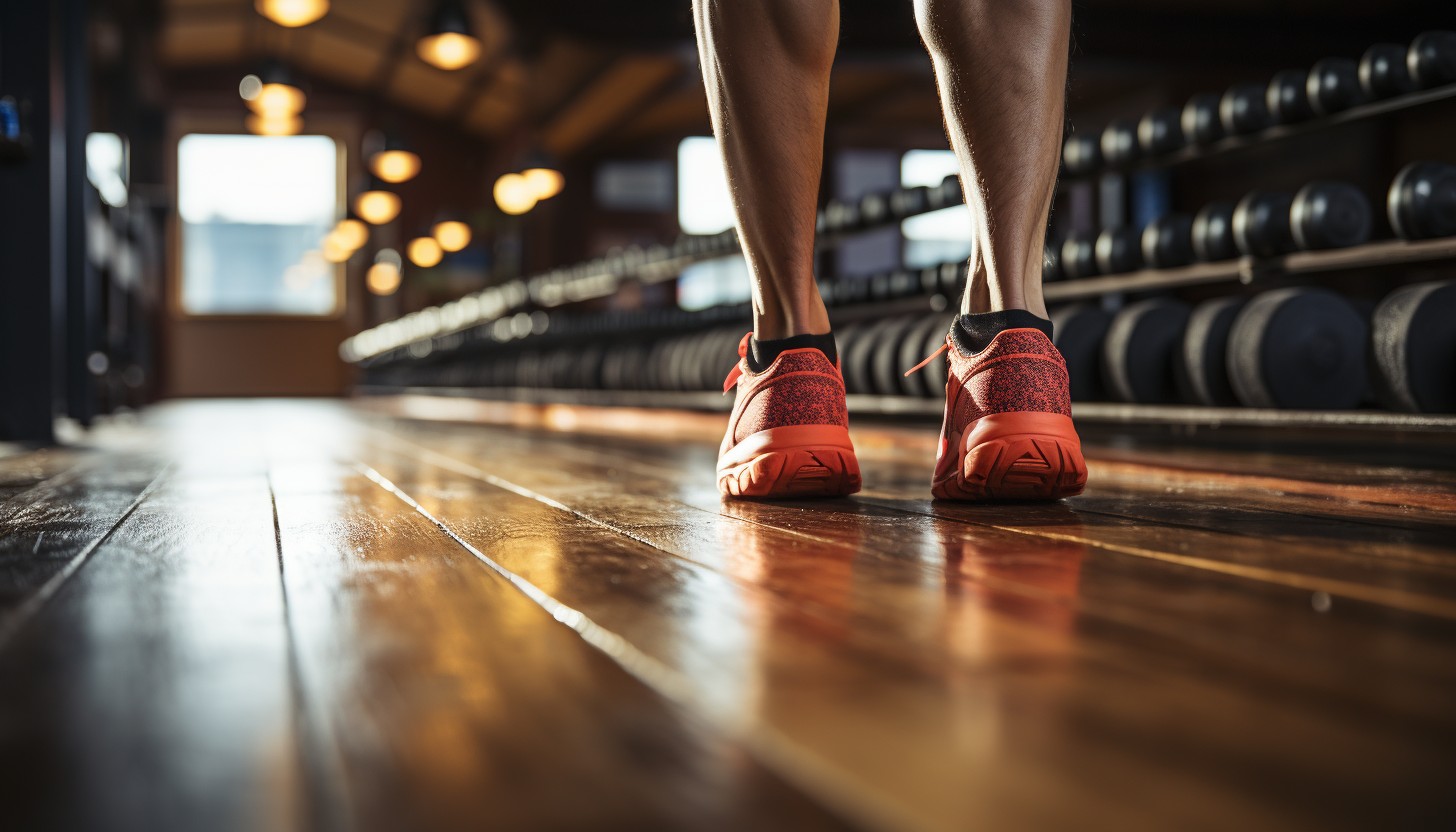
For targeted relief in your lower body, focus on rolling out the larger muscle groups such as your glutes, hamstrings, and calves. By incorporating thigh rolling techniques and calf muscle release into your foam rolling routine, you can effectively alleviate tension and promote better mobility.
Here are five essential foam rolling exercises for the lower body:
– Glute Roll: Sit on the foam roller with one foot crossed over the opposite knee. Roll back and forth to target the glute muscles.
– Hamstring Roll: Sit on the foam roller with both legs extended in front of you. Roll from your hips to just above your knees to massage the hamstrings.
– Calf Roll: Position yourself in a plank position with one leg resting on top of the foam roller. Roll up and down from below the knee to above the ankle to release tension in the calves.
– IT Band Roll: Lie sideways on the foam roller with one leg extended straight. Roll from your hip to just above your knee to relieve tightness along the IT band.
– Quad Roll: Lie face down with one leg positioned on top of the foam roller. Glide up and down from hip to just above knee level, targeting quadriceps muscles.
Incorporating these thigh rolling techniques and calf muscle releases into your routine will help prepare your lower body for more intense workouts while reducing muscle soreness and improving flexibility.
Now let’s move onto a comprehensive foam rolling routine for full-body muscle tension relief.
Foam Rolling Routine for Full Body Muscle Tension Relief
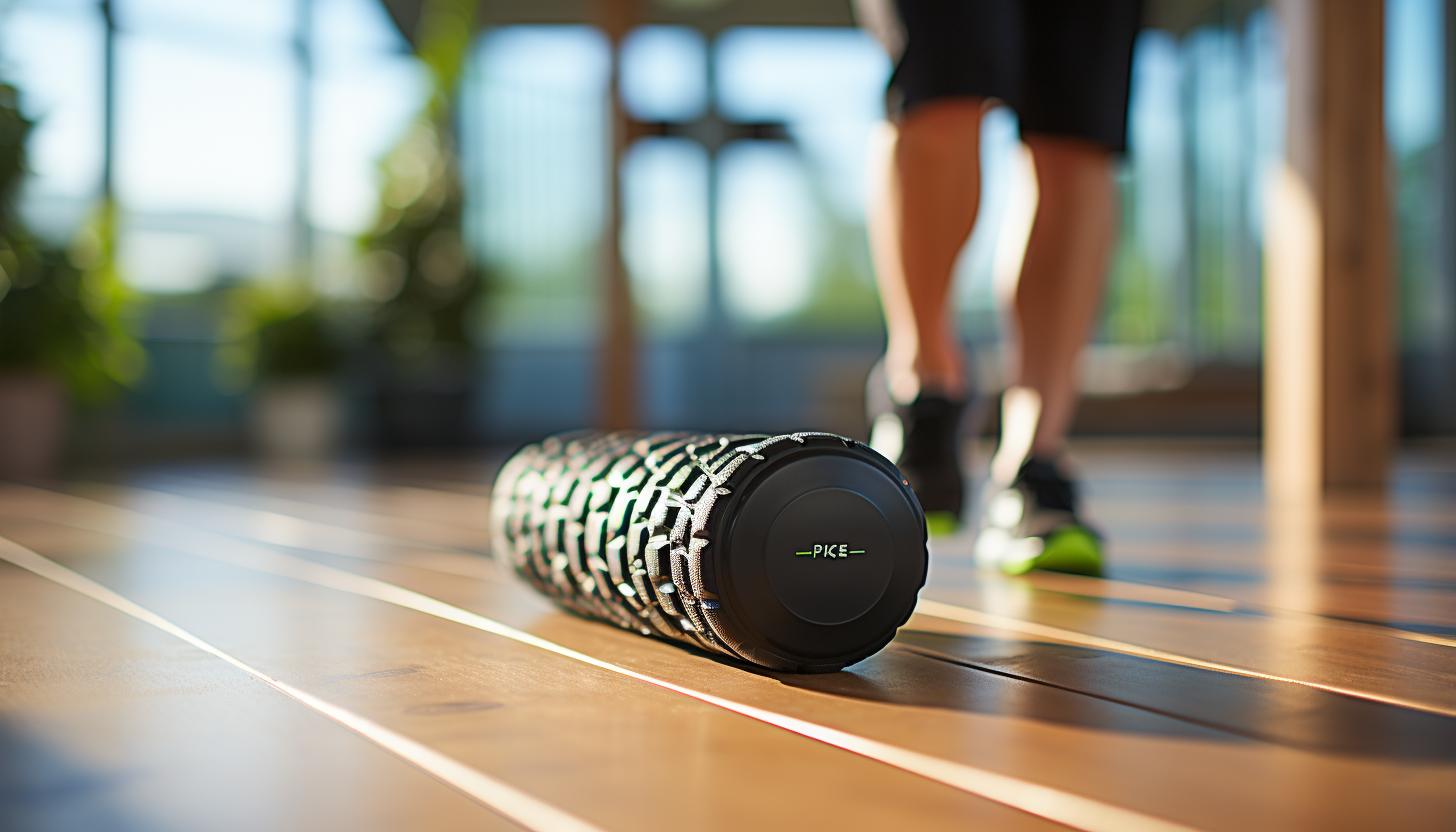
Now let’s explore a comprehensive foam rolling routine that provides relief for muscle tension throughout your entire body. Foam rolling is a self-massage technique that uses a cylindrical foam roller to target specific muscles and release tightness. It can be incredibly effective in alleviating back pain and improving posture.
To start, lie on your back with the foam roller under your upper back, supporting your head with your hands. Roll slowly up and down, focusing on any areas of tension or discomfort. This will help relieve tightness in the muscles surrounding your spine and promote better spinal alignment.
Next, move the foam roller to your lower back. Place it perpendicular to your body and gently roll from side to side, targeting the muscles along either side of your spine. This will help release any knots or trigger points in these areas, reducing pain and increasing flexibility.
For better posture, focus on rolling out the muscles in your chest and shoulders. Lie face-down with the foam roller under your chest, perpendicular to your body. Roll slowly up towards your shoulders, pausing at any areas of tightness or discomfort.
Remember to breathe deeply throughout each exercise and apply gentle pressure as needed. Incorporating these foam rolling techniques into your routine can provide much-needed relief for muscle tension in various parts of your body while promoting better posture overall.
Conclusion
In conclusion, foam rolling is a game-changer for relieving muscle tension. By incorporating targeted exercises into your routine, you can say goodbye to those pesky knots and tightness in your muscles.
Remember to take precautions and follow safety tips to avoid any injuries. Whether you’re targeting the upper body or lower body, foam rolling has got you covered.
So go ahead and give it a try – your muscles will thank you! It’s like having a personal massage therapist on call 24/7!


